When it comes to growing a business, securing funding is often a critical step. Whether you’re pitching to investors, applying for a business loan, or seeking a grant, one document holds immense power in telling your financial story: your Profit and Loss (P&L) statement. This essential report reveals more than just your earnings and expenses—it showcases your business’s financial health and sustainability.
In this guide, we’ll walk you through how to use your profit & loss statement to secure funding, explain how it works, and show you why it’s vital for any serious entrepreneur. Let’s dive in.
What is a Profit and Loss (P&L) Statement?
A Profit and Loss (P&L) statement, also known as an income statement, is a financial report that summarizes your company’s revenues, costs, and expenses over a specific period. Typically created monthly, quarterly, or annually, this statement highlights the net profit or net loss during that period.
For business owners, it provides a snapshot of how well the company is performing financially and helps identify trends, opportunities, or areas needing improvement.
How Profit and Loss (P&L) Statement Work
Your P&L statement starts with your total revenue, then subtracts cost of goods sold (COGS) and all operational expenses such as rent, payroll, utilities, and marketing. The end result is your net income or net loss—often referred to as your bottom line.
Here’s how it works in practice:
- Revenue – COGS = Gross Profit
- Gross Profit – Operating Expenses = Operating Profit
- Operating Profit – Taxes & Interest = Net Profit
This structured format makes it easy for lenders and investors to evaluate your financial performance and profitability at a glance.
Types of P&L Statement
Cash Method
The cash method of accounting recognizes income when cash is received and expenses when cash is paid. It’s a simpler method often used by small businesses because it aligns with actual cash flow.
This method is beneficial when demonstrating real-time financial activity, especially for small business funding requests, as it shows actual cash in and out.
Accrual Method
The accrual method, in contrast, recognizes income when earned and expenses when incurred, regardless of when cash is exchanged. It provides a more accurate picture of long-term profitability and is often preferred by larger businesses or those seeking significant investment.
Investors and banks often favor accrual-based P&L statements because they show a more complete view of a company’s operations.
Example of a P&L Statement
Here’s a simplified example of what a P&L statement might look like:
XYZ Creative Agency – P&L Statement (Q1 2025)
- Revenue: $120,000
- Cost of Goods Sold (COGS): $30,000
- Gross Profit: $90,000
- Operating Expenses:
- Salaries: $25,000
- Rent: $5,000
- Marketing: $4,000
- Utilities: $1,000
- Miscellaneous: $2,000
- Salaries: $25,000
- Total Operating Expenses: $37,000
- Net Profit: $53,000
This clear layout makes it easy for investors or banks to assess financial strength and profitability trends.

Why are Profit and Loss (P&L) Statements Important?
Understanding why profit and loss statements are important is critical, especially when seeking funding:
- Demonstrate Financial Health: Lenders and investors rely on your P&L statement to evaluate whether your business is profitable or operating at a loss.
- Track Performance Over Time: A P&L shows trends in revenue and expenses, which is essential when forecasting growth.
- Decision-Making Tool: It helps business owners make informed decisions on spending, cost-cutting, or investment.
- Compliance & Transparency: Preparing a regular P&L also keeps your business compliant with financial reporting standards.
How to Analyze a Profit and Loss Statement
Review Your Net Profit
The key figure in your profit and loss statement is the net profit (or loss)—commonly referred to as the bottom line. A positive net profit reflects financial health and profitability, which can significantly boost your appeal to investors.
Analyze Revenue Sources and Spending
Examine each income stream to see which products or services generate the most profit. On the flip side, assess your expenses carefully. Are you allocating too much to marketing? Could your pricing strategy be limiting your returns?
Evaluate Trends Over Time
Compare your current financial data with previous periods to identify progress or potential red flags. Whether you’re reviewing year-over-year or quarter-over-quarter performance, showing consistent growth is a major plus for potential lenders.
Ensure Accuracy in Your Calculations
Before presenting your profit and loss statement to investors or lenders, verify every figure. Small mistakes can undermine your credibility and reduce your chances of getting funding. To avoid this, collaborate with a reliable accountant or use trusted accounting tools for precise reporting.
Are All Companies Required to Prepare P&L Statements?
Not all companies are legally required to prepare a P&L, but all businesses should do so for strategic planning and financial management.
Corporations and LLCs may be required to submit financial reports to tax authorities or regulatory bodies, while sole proprietors may not. However, any business looking to grow, attract investors, or secure a loan must maintain a clear and accurate P&L statement.

How to Use Your Profit & Loss Statement to Secure Funding
Here’s how to leverage your P&L statement effectively when approaching lenders or investors:
Tell a Story with Numbers
Don’t just present your P&L—interpret it. Highlight key trends, such as increasing revenue, decreasing expenses, or consistent growth in net profit. Explain what the numbers mean in terms of business strategy.
Align with Your Funding Goals
Tie your P&L directly to your funding request. For example, if you’re asking for $100,000 to expand operations, show how your current profitability supports the investment and how the added funds will boost your earnings.
Provide Context
Support your P&L with contextual insights. For instance, if expenses spiked in one quarter, explain it was due to one-time costs like new equipment or a marketing campaign, not poor management.
Show Projections Based on Past Performance
Use your P&L data to create financial projections. Lenders are more likely to approve funding if you can demonstrate a clear, realistic growth plan backed by past performance.
Why Vyde is the Best Accounting Partner for Your Business
Managing your P&L statements accurately and professionally can make or break your funding application. That’s where Vyde comes in.
Vyde specializes in small business accounting, tax preparation, and financial reporting, making it easier for business owners to stay compliant and secure funding with confidence.

Why Choose Vyde?
- Accurate and Timely P&Ls to help you present a compelling financial case to investors and lenders.
- Comprehensive Support from certified accountants offering expert bookkeeping, tax preparation, and personalized accounting advice.
- All-in-One Financial Platform that lets you easily manage your records, monitor performance, and stay organized.
- Tax-Ready Reports that simplify filing and reduce stress during tax season—so you can focus on growing your business.
Whether you’re a startup or a scaling enterprise, Vyde ensures your finances are in top shape—ready for any funding opportunity that comes your way.
Your Profit and Loss Statement isn’t just a report—it’s a powerful tool to secure funding, impress investors, and drive strategic decisions. By understanding how to analyze it, compare trends, and present it with clarity and context, you position your business for growth and success.
Don’t leave your funding up to chance. Let Vyde help you prepare, analyze, and optimize your financials—so you can focus on scaling your dream.
Feel free to explore more related topics in this section:
- Personal vs. Business Credit: What Every Owner Needs to Know
- What Lenders Look For in Your Financials — And How to Prepare
- How to Use Dun & Bradstreet Credit Insights to Your Advantage
- How to Build Business Credit from Scratch (Step-by-Step Guide)
- What is the D&B PAYDEX Score
- The Pros and Cons of Merchant Cash Advances
- How to Improve Your Chances of Getting Approved for a Business Loan

